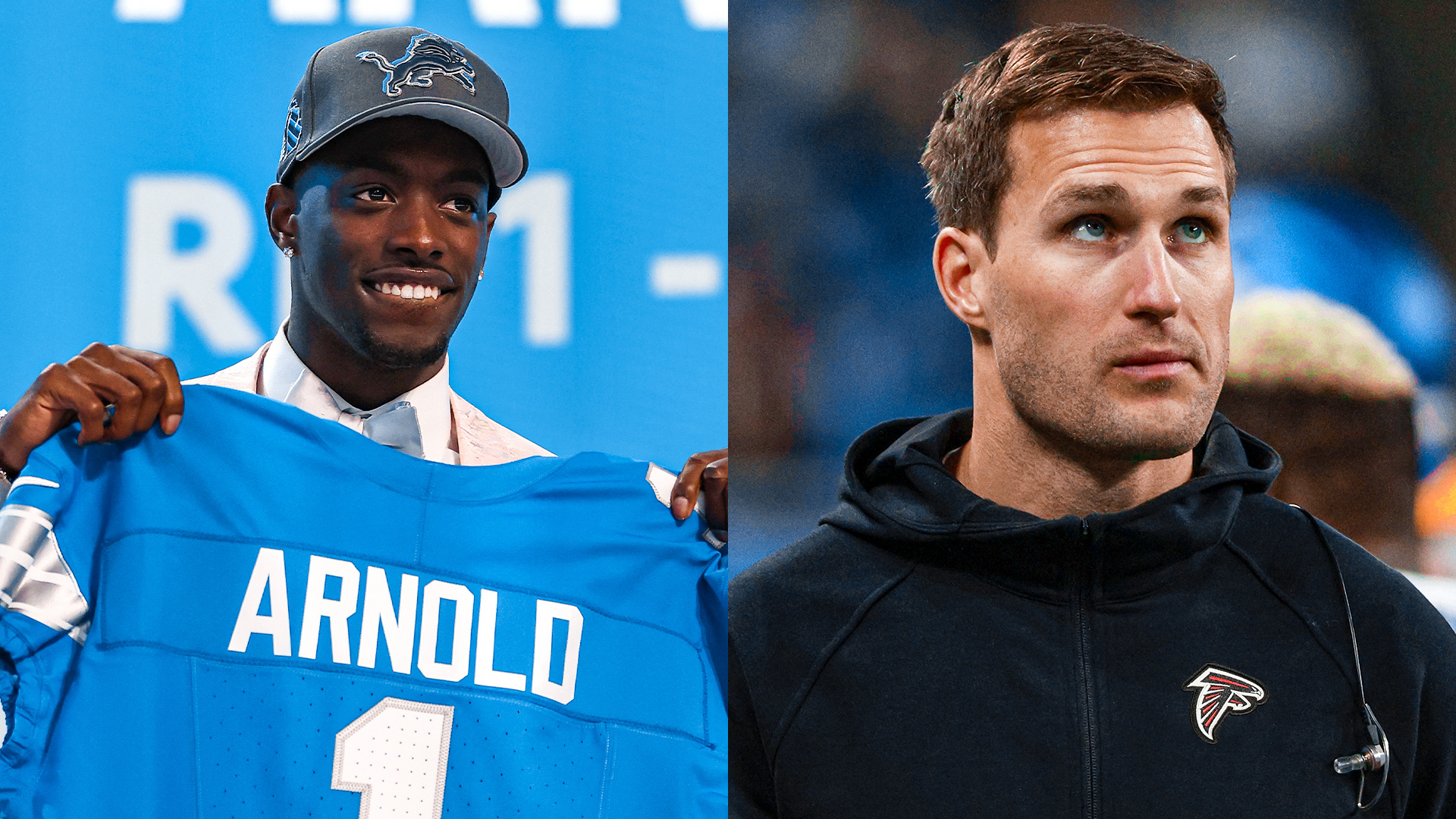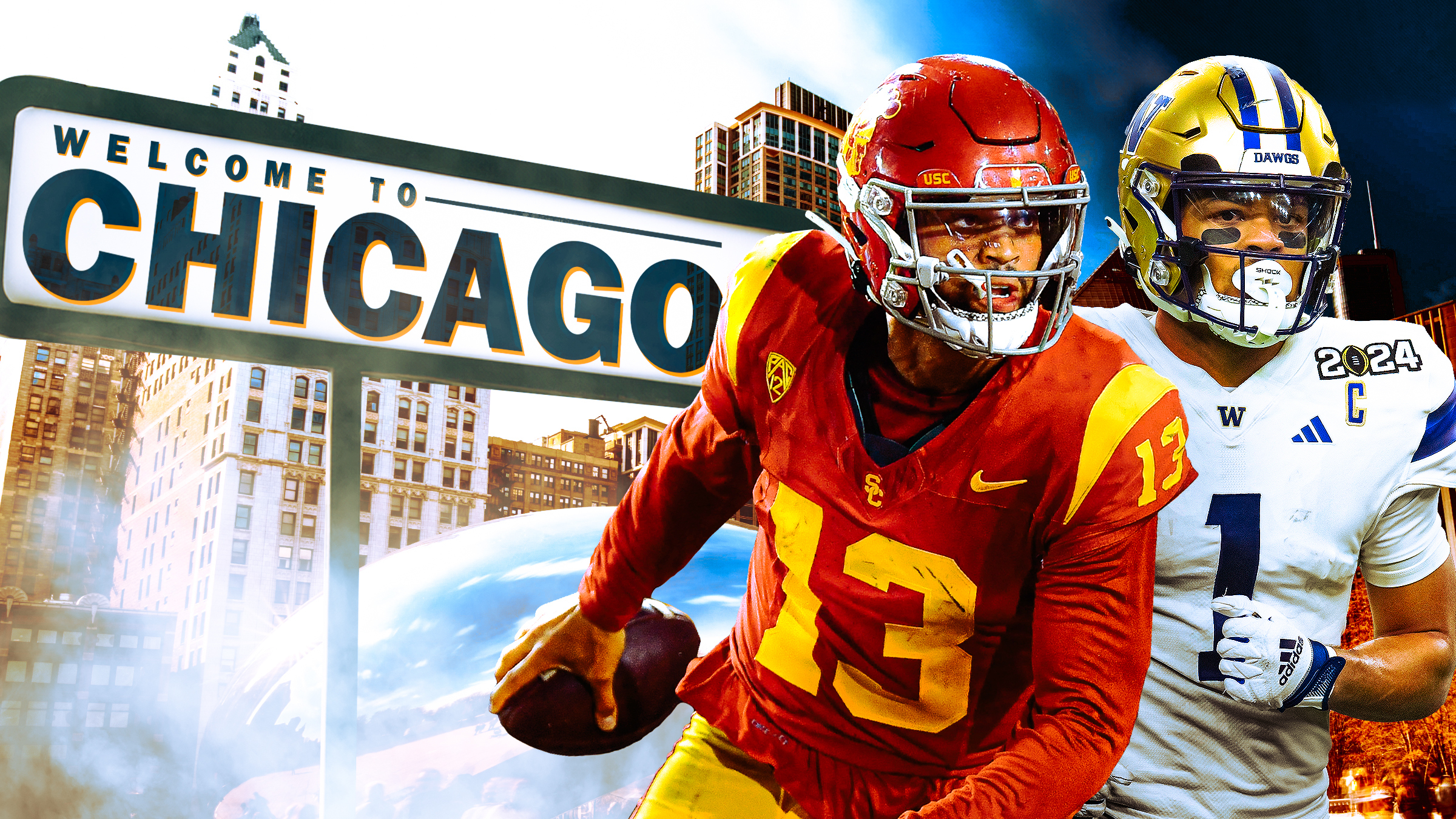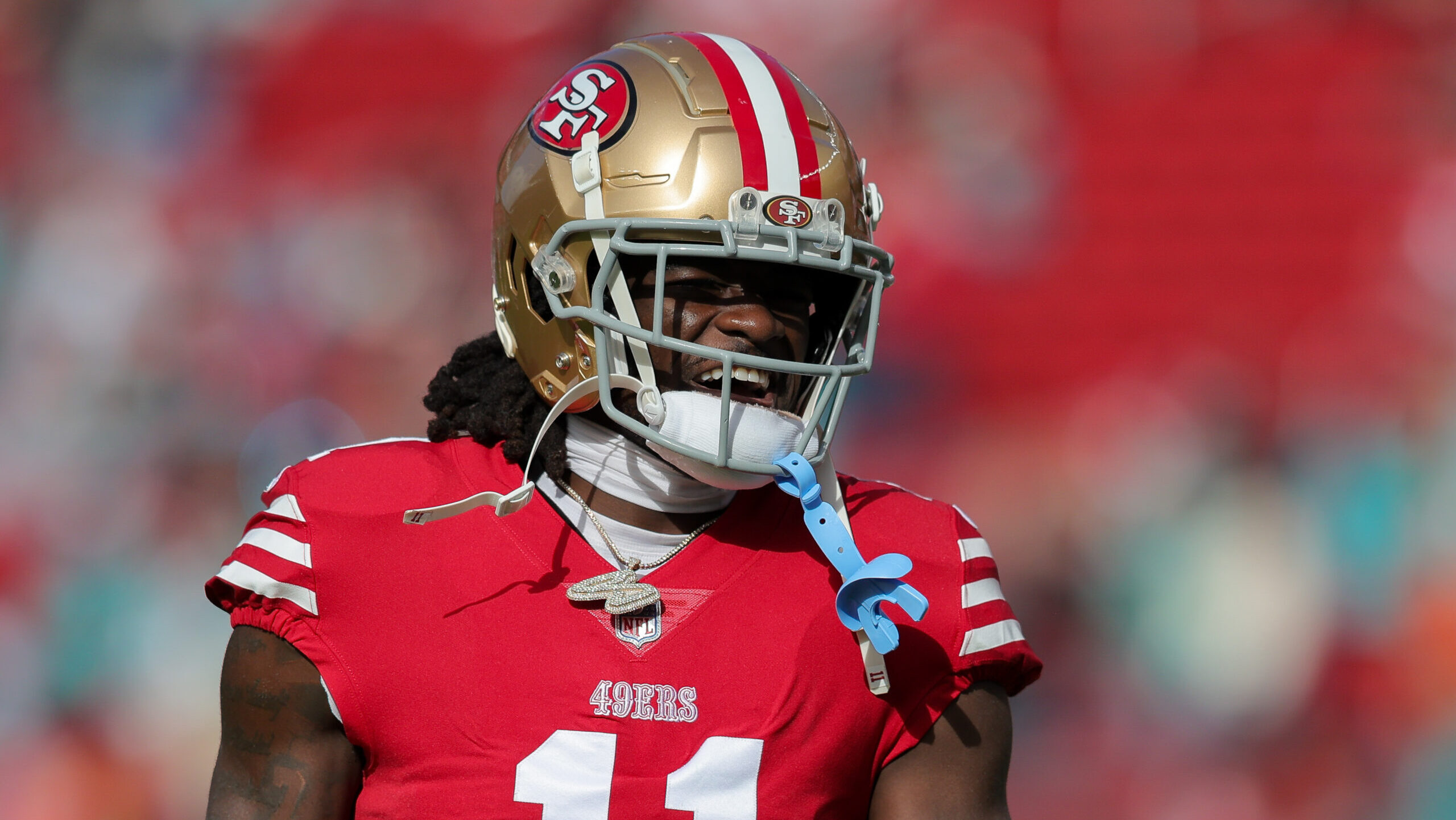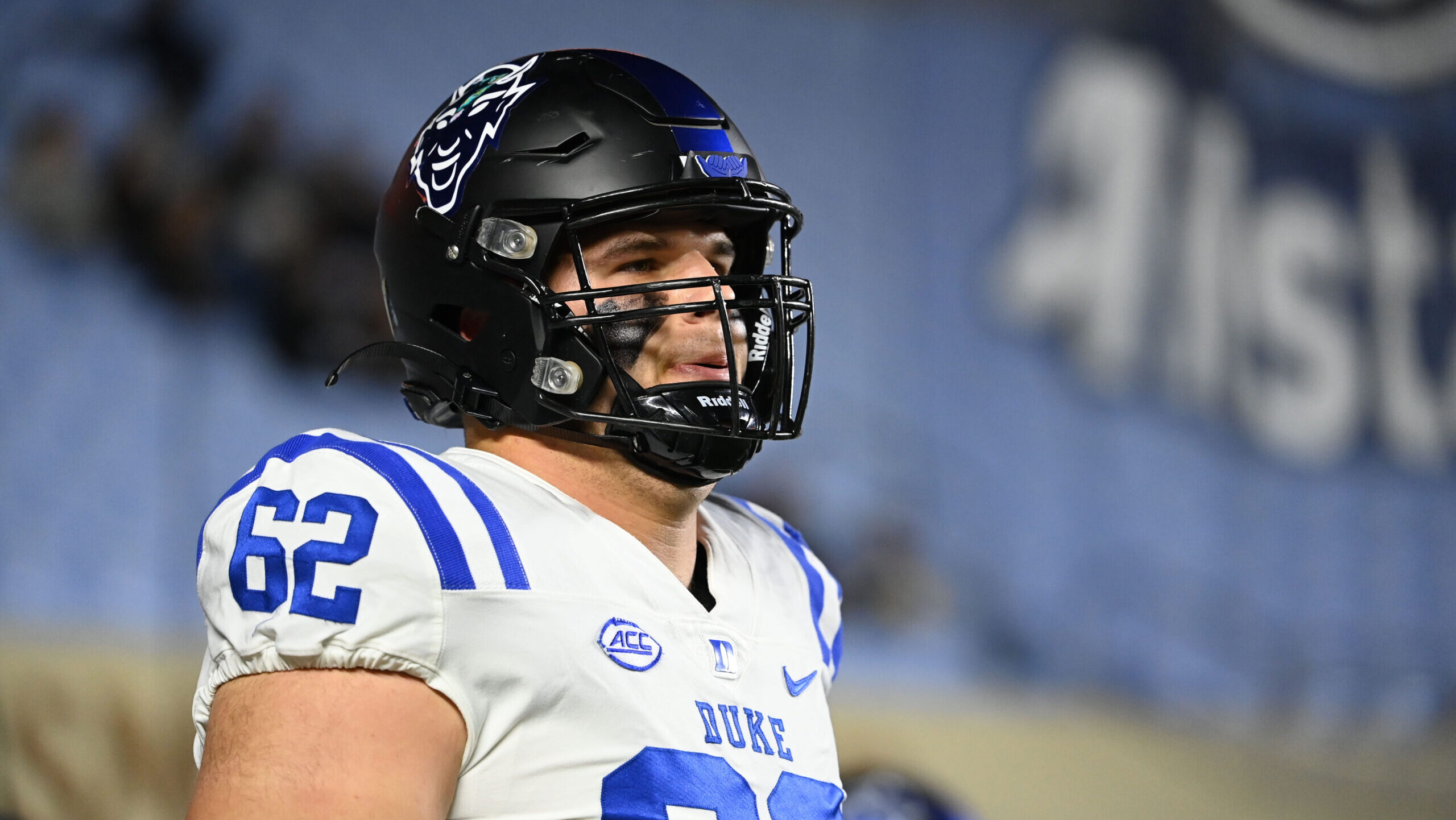Analysis
3/23/22
6 min read
Risk vs. Reward in the First Wave of 2022 NFL Free Agency
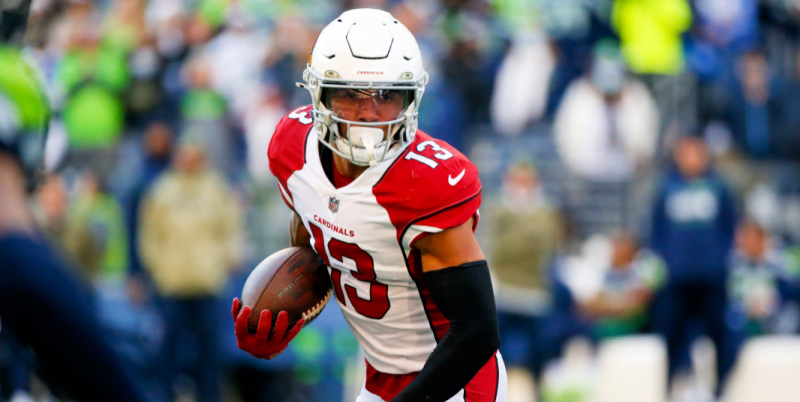
There is one word that matters above all else when it comes to building an NFL roster: value. With the league ruled by the salary cap, each team has (roughly) the same amount to spend on its roster.
The goal of each team is to outcompete and outlast their opponents while bidding and drafting from the same pool of players, so in order to be successful your decisions must create value above what they cost. There are few players in the league who would not accept a $20M per year contract, but how many players will produce more than $20M of value through their performance?
This is the balancing act that teams must manage each year. If you are the Ravens and looking to sign Lamar Jackson to an extension, you have to consider how much expected value you predict Jackson will add to the team, and when. How does his injury history factor in? What about projected increases in the salary cap? Both free agency and the draft are designed to set the highest possible value for a player, not accurately estimate their performance, so intelligent teams must manage the emotional components that come with engaging in a bidding war or having only 10 minutes to make their draft selection. Each team estimates individual player value differently, but the key is still to spend as little as possible (in salary cap dollars or draft picks) to acquire players. This is how a program creates surplus value and gains an advantage over their competitors.
The first wave of NFL Free Agency in 2022 has been no different. Teams have been forced to rapidly make decisions, with some clearly riskier than others. For every player signed to a huge deal with tens of millions of guaranteed dollars, remember that the team is betting that the player will outperform the contract. On the other hand, the free agent market has shriveled for mid-level veterans since the 2011 CBA severely reduced rookie compensation, so teams have an opportunity to gain multiple years of an experienced starter with relatively less risk and expenditure. With these thoughts in mind, here are a few of the risky deals and bargains that teams have recently committed to.
Risk: BUF signs EDGE Von Miller for 6 years, $120M, with $45M guaranteed
To start, Von Miller is one of the best players of his generation. However, in a sport that averages a career length of 3.3 years, signing a 33-year-old non-QB to a six-year deal is the epitome of risk, especially considering Miller missed all of the 2020 season to injury. In the last 10 years, only one non-passer/specialist signed even a three-year deal: Center Alex Mack. Assuming that Miller makes it only three years into this deal and ignoring his per-game roster bonuses, this turns into a 3yr/$45M deal that averages $15M per year. If the Bills win a Super Bowl in 2022 or 2023, then this contract will have been worth it, but seeing any regression from Miller or the team will leave us wondering why they needed DL reinforcements when they spent four of their five highest draft picks since 2019 on the group.
Bargain: BUF signs OG Rodger Saffold for 1 year, $6.5M, with $5.95M guaranteed
On the other hand, the Bills aren’t totally out in the darkness. Although Saffold is also into his thirties, this is a short-term deal for a guard who made the Pro Bowl in 2021, has started 15+ games every year since 2016, and comfortably slots in at #20 for guard average per year (APY). The Pro Bowl has certainly gotten less exclusive, but it’s not unreasonable to expect Saffold to outperform the similarly-paid Mark Glowinski and Ted Karras.
Risk: JAX signs WR Christian Kirk for 4 years, $72M, with $37M guaranteed.
In the 2021 season for the Arizona Cardinals, Christian Kirk recorded 982 receiving yards, a career high. However, his yards per route run matched J.D. McKissic at 40th among players with 25+ targets, barely beating out Jarvis Landry and Keenan Allen. Those aren’t bad players! However, his new deal ranks 10th among WRs for APY and 6th for average guaranteed per year. In an Kliff Kingsbury scheme that was infamous at Texas Tech for inflating the production of the passing game, Kirk is now being paid to elevate the production of those around him. He’ll need to produce like a top-five receiver to create any surplus value.
Bargain: NYG signs QB Tyrod Taylor for 2 years, $11M, with $8.2M guaranteed
With the Daniel Jones conundrum sure to peak in 2022, the value of a strong backup has never been higher in New York. Luckily, one of the league’s best backups was available on the market. Taylor will always be the man who broke Buffalo’s 18-year streak of missing the playoffs, but he’s consistently run into unfavorable situations matched up against hotshot QBs (or punctured in the lung by a team doctor). $5.5M APY is right in the range of the top clipboard-holders (Teddy Bridgewater, Jacoby Brissett), but the strong need in New York behind a QB who has missed games in each of the past three seasons makes a veteran backup worth the expenditure.
Risk: TB re-signs CB Carlton Davis for 3 years, $44.5M, with $24.5M guaranteed
One of the best predictors of whether a player will get injured is whether they’ve been injured previously. With several injuries, Davis has missed multiple games in every season of his four-year career, averaging only 12.75 regular season games played per year. Now that he’s got the ninth-highest APY among CBs and the ninth-most guaranteed per year, the only way to create surplus value is to outperform the full-season outputs of similarly-paid CBs like Byron Jones, Xavien Howard, James Bradberry, and Marcus Peters in only those 13 games. He certainly has enough talent to do so, but that’s a tall task to keep up year after year.
Honorable Mentions:
Risks: Harold Landry (TEN), DJ Reed (NYJ), J.C. Jackson (LAC), Deshaun Watson (CLE)
Bargains: Mack Wilson (NE), Michael Pierce (BAL), Malik Hooker (DAL), Cory Littleton (CAR)


